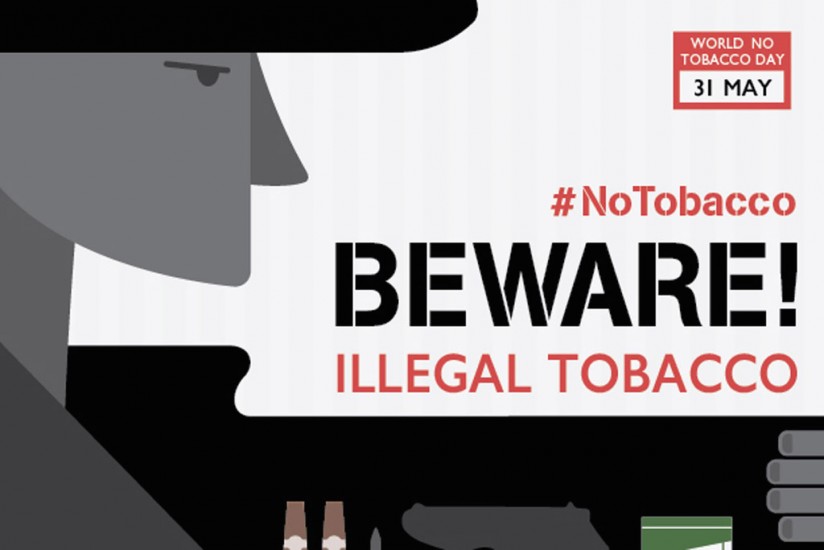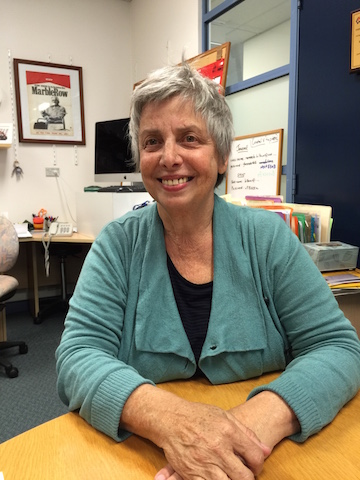 Every year as May 31 approaches, the World Health Organization (WHO) calls on countries to focus on the World No Tobacco Day Campaign.
Every year as May 31 approaches, the World Health Organization (WHO) calls on countries to focus on the World No Tobacco Day Campaign.
This year’s theme is “Stop illicit trade of tobacco products”, a major global concern that ranges across health, legal and economic issues to governance and corruption.
The presence of illicit tobacco products in Australia is relatively significant and no illegal tobacco is safe.
Associate Professor Renee Bittoun, head of the Smoking Cessation Unit at the University of Sydney, identified two forms of illicit tobacco trade in Australia: home ground tobacco, illegal since the year 2000; and illegal importation of tobacco that is already manufactured and sold from a boat.
“[Tobacco] is imported illegally by boat coming mostly from Thailand, Indonesia and China,” Associate Prof Bittoun, who also works for the Brain and Mind Research Institute, said. “Australia has an advantage as an island. In Europe and Asia, countries are connected and you can bribe people. Tobacco is very cheap because of illegal trading.”
But illegal tobacco is an unsafe product, she said. “It is unsafe because it is not properly processed and it is not properly cleaned. Because it is illegal, they will put things in it which isn’t tobacco, and you can’t complain to the tobacco company.”
In Australia, illegal packets of cigarettes are easy to spot. “They will not have any health warnings and it will certainly not have plain packaging. Our packaging is dark green with a strong health warning on it.”
The plain packaging policy in Australia has been very successful, she said. “The smokers I see are patients, people who are influenced by the packaging because [they are accustomed to having a favourite] brand. Now every brand is green and black so people cannot recognise brands right away and do not have the immediate urge or desire.”
Price has been another big influence in the fall of smoking rates in Australia. According to Cancer Council Victoria, the Northern Territory has the highest rate of smoking at 28 per cent in 2010.
New South Wales and Victoria have the lowest, with North Sydney the lowest in Australia at only 6 per cent.
“Smoking rates in Australia are decreasing because we have very strong social pressure not to smoke. The prevalence [of smoking] depends on education and income. When people have a better education, they have a better understanding of health.”
The rate of smoking is still problematic in smaller communities, especially outside major metropolitan areas, and among Indigenous people: “Prevalence [of smoking] is a little bit higher [there] but everybody is working hard to bring it down.”
Assoc Prof Bittoun said there was plenty of help available for people who find it difficult to stop smoking.
“Most smokers die at least 20 years before their time,” she warned. “About 6 per cent of smokers in Australia don’t want to stop, but the rest really want to stop. They know it’s bad for their health and it costs a lot of money.”
Aids to help you stop smoking include nicotine replacement therapy, free treatment in hospitals and quit lines in every state.


